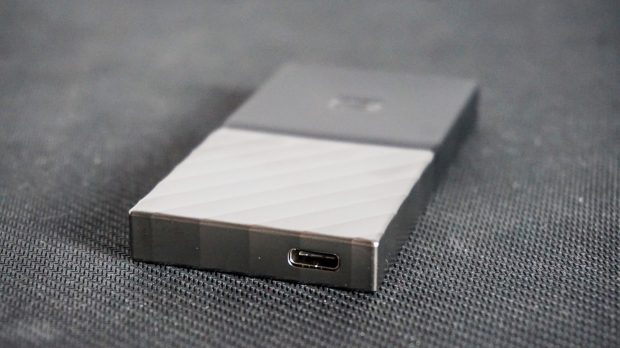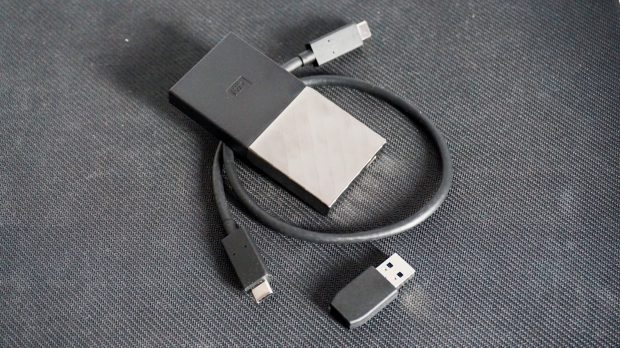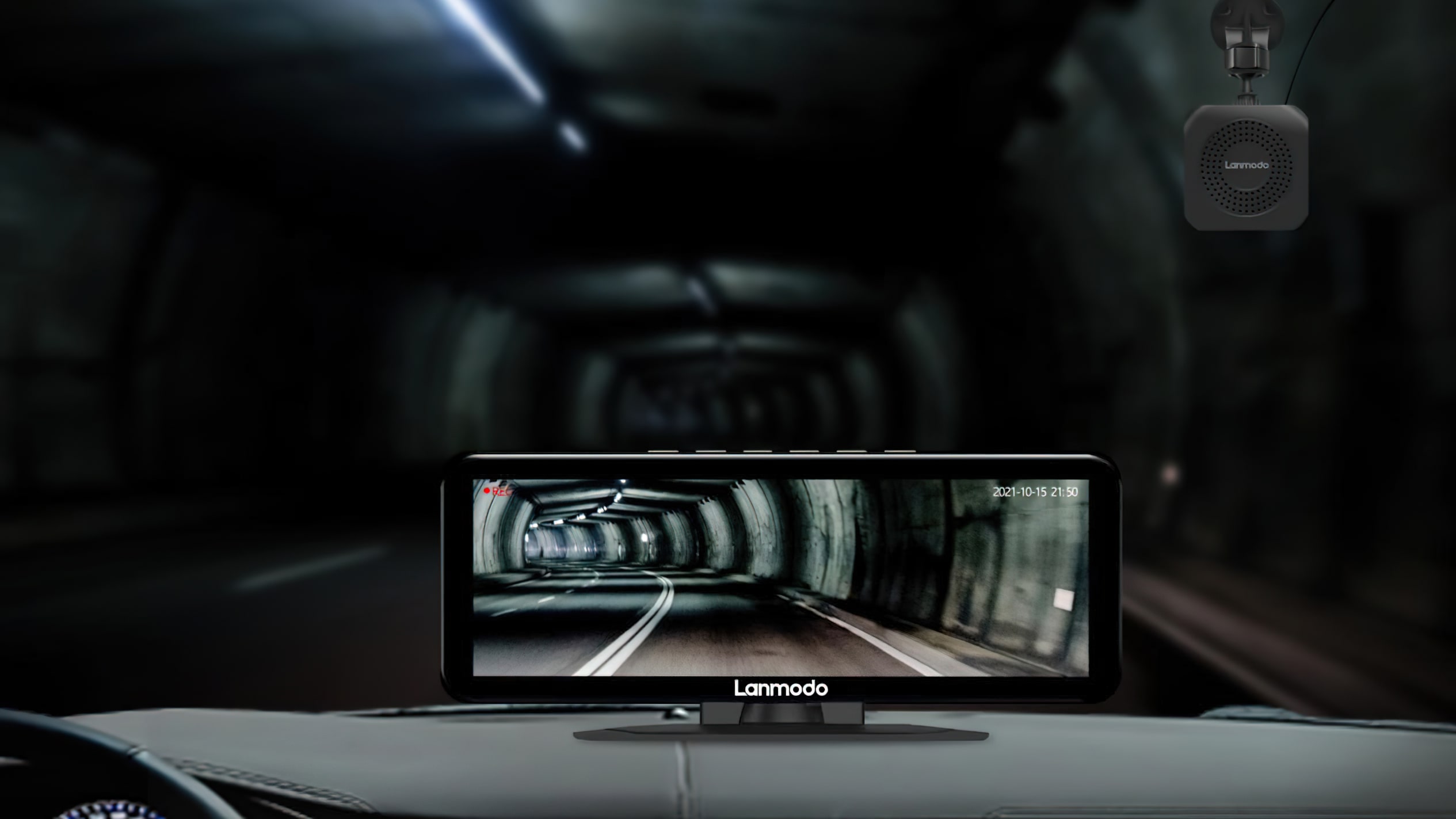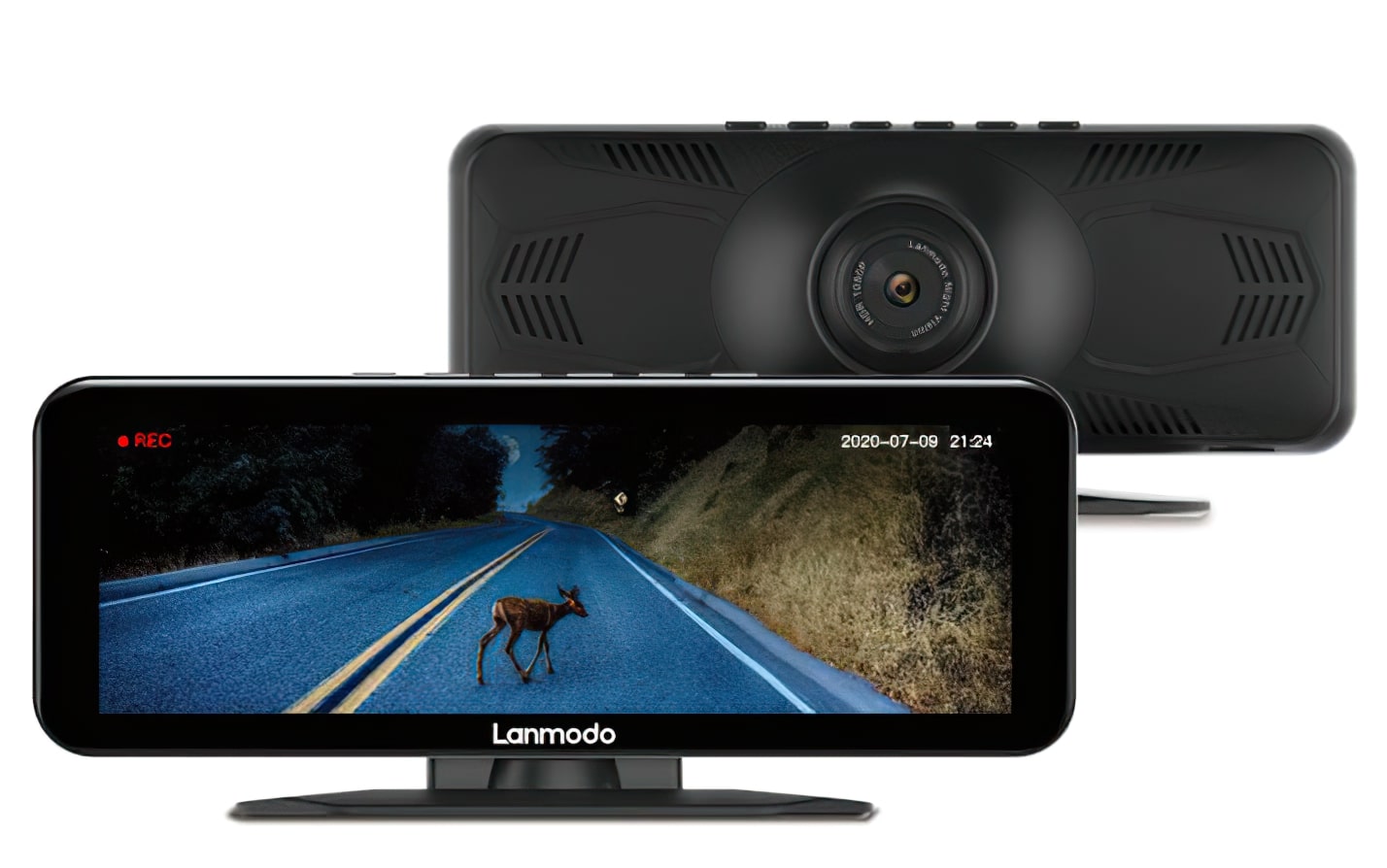
Having a quick SSD inside your PC is all effectively and good, however they’re fairly ineffective if you wish to transport giant information to a unique machine for a bit or again stuff up for protected preserving. In occasions like this, you want an exterior SSD, and at this time I’m having a look on the WD My Passport SSD.
Portable storage gadgets have, after all, been round for donkey’s years, however whereas exterior laborious drives (HDDs) are less expensive than their SSD counterparts, they’re additionally much more liable to interrupt while you chuck them in a bag because of the variety of transferring elements they’ve inside them. They’re additionally usually loads larger and bulkier to hold round.
The WD My Passport SSD, by comparability, measures simply 90mm lengthy, 45mm vast and a mere 10mm deep, making it exceedingly straightforward to slide right into a denims or jacket pocket with out a lot fuss. It additionally has 256-bit AES {hardware} encryption to maintain it safe, and it’s shock-resistant as much as 6.5ft (or simply underneath 2m), too, giving it further sturdiness for those who by accident ship it flying as a result of it’s so rattling diddly.
It’s fairly nippy, too, as WD declare it might probably switch information at a charge of as much as 515MB/s when utilizing its USB Type-C connector. That’s not fairly as quick as Samsung’s transportable T5 SSD that claims a 540MB/s switch charge (a overview of which is forthcoming), or certainly the very best SSDs that go inside your PC. However, the trade-off you get is that the WD My Passport is significantly inexpensive, with the 256GB mannequin costing £87 / $100 in comparison with the Samsung’s 250GB asking value of £108 / $124.

Luckily, the My Passport SSD isn’t simply restricted to USB-C gadgets, because it additionally comes with a daily USB Type-A adaptor within the field – useful, contemplating neither my laptop computer or PC assist USB-C. Connecting it to a daily USB port (whether or not it’s USB2 or USB3) will naturally hinder the drive’s switch speeds a bit, however in testing I nonetheless discovered it put in very affordable efficiency over USB3.
I began with AS SSD’s copy benchmark, which assessments a drive’s skill to jot down and skim information concurrently. This generates and transfers three various kinds of file from the OS onto the drive – an ISO folder comprising of two giant information, a packages folder with numerous little information, and at last a recreation folder that’s made up of each large and small information.
In this check, the WD My Passport SSD was just about on par with Samsung’s T5 (as you may see within the graph under), transferring the ISO folder at a charge of 319MB/s (taking simply 3.37ms), this system folder at 152MB/s (9.27ms), and the sport folder at 265MB/s (coming in at 5.21ms).

The My Passport SSD began to fall behind, nevertheless, once I put it by AS SSD’s common studying and writing assessments, with its random 4K end result coming in at simply 21.3MB/s learn and 25.9MB/s write. While its learn velocity is simply 12% slower than the T5, its writing velocity is 36% slower, making the T5 quicker and extra environment friendly general as a standalone drive.
To be honest, I by no means felt like I used to be left hanging with the WD My Passport SSD, even once I was organising and transferring giant portions of information round on the drive itself. When I moved 10GB of music information from one folder to a different, as an illustration, the My Passport SSD accomplished the duty in round 1m 50s. That’s fairly rattling fast so far as I’m involved, and infinitely preferable to the 17m 45s I spent twiddling my thumbs ready for my previous exterior HDD to do the identical factor.
That stated, the My Passport SSD additionally struggled to compete with the T5 on CrystalDiskMark’s intensive random 4K 8-thread-8-queue check as effectively, studying information at simply 24.4MB/s and writing them at 29.3MB/s. The T5, by comparability, managed 181.7MB/s learn and 183.8MB/s write.

In equity, that is the form of workload you’d count on to see happening on a server or workstation somewhat than an exterior SSD, so it might be a barely unfair comparability. However, it would come into play if you find yourself transferring a variety of information to the My Passport SSD from a number of places on the similar time while you’re backing up information, for instance, or upgrading to a brand new PC or laptop computer and have to get all of your information off your previous one. In instances like this, the T5 will seemingly get the job performed loads quicker. It’s simply as much as you whether or not you wish to pay a bit extra for the privilege.
Personally, I believe I’d be completely pleased with the WD My Passport SSD if I used to be seeking to purchase one at 256GB, as I’d somewhat have the additional £20 to spend on one thing else. However, while you transfer as much as the 512GB ballpark, costs are so shut collectively that I’d most likely be tempted to go together with the T5 as an alternative, as each cost round £170 within the UK at time of writing, and the T5 will solely set you again one other $10 over the $150 My Passport SSD within the US. It’s price noting the T5 is simply a 500GB SSD somewhat than 512GB, however given the tiny distinction in value and the T5’s arguably superior efficiency, you’d most likely be higher off going with the Samsung.
At 1TB, nevertheless, the WD goes again to being the cheaper, more economical exterior SSD, costing £279 / $297 versus the T5’s £330 / $350. Again, I’d be keen to commerce efficiency for a cheaper price on this case, however these after the center capability will most likely really feel the advantage of the T5 a bit extra.


